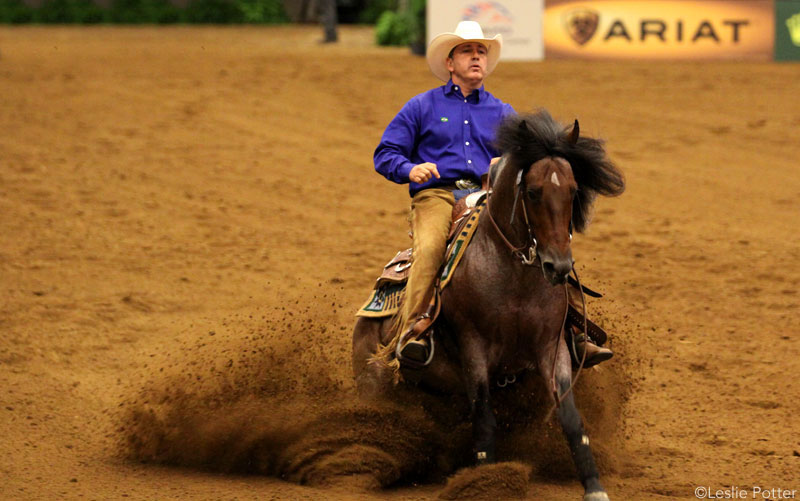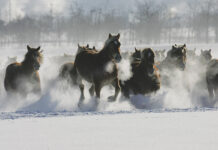
Criollo
In the 19th century, the gaucho—the South American cowboy—tamed the Criollo and used it to work with cattle. The breed remained fairly pure until the end of the century, when European and North American stallions were introduced to Argentina. In the early 1900s, a group of breeders organized to help save the remaining purebred Criollos. The breed was accepted into the Rural Argentine Society studbook in 1918.
The Criollo’s hardy nature has resulted in the breed spreading throughout South America.
Criollos are renowned for their stamina. In South America, the breed is used in endurance competitions sponsored by Criollo breed associations, including rides that can last for up to two weeks and require horses to carry a certain amount of weight while living off only the grass that grows along the route. Horses that pass periodic vet checks and judging along the way go on to finish the ride.
Criollos crossed with Thoroughbreds are used for polo in South America. Purebred Criollos are found at rodeos and working cattle ranches, and are very common in Argentina. They are also popular trail mounts all over the continent because of their sure-footedness and endurance. At the 2010 Alltech FEI World Equestrian Games, Wellington Jesus Teixeira of Brazil finished 14th in the individual reining competition on his gray Criollo gelding, SJ Rodopio. João Antonio Salgado Filho also represented Brazil in reining at the WEG on a Criollo horse, Leopardo Do Infinito, a bay roan stallion.
Individual Criollos are making their way to North America, although no U.S. association currently exists for the breed. At press time, the popular traveling theater production Cavalia featured a Criollo among its equine cast.
CRIOLLO CHARACTERISTICS
Body: The withers are prominent, leading to a strong back and well-muscled, rounded hindquarters.
Head & Neck: A short, broad forehead features a straight or convex profile. The ears are small and pointed.
Height: 13.3 to 15.1 hands.
Colors: All horse colors
Back to Latin American Horse Breeds >>
This article originally appeared in the July 2011 issue of Horse Illustrated. Click here to subscribe!






So they don’t come in green?